The structure of a PKCS#10 certification request (RFC 2986) is, loosely described:
Request:
Info:
Version
Name
PublicKey
Attributes
SignatureAlgorithmIdentifier
Signature
The attributes are attributes for the request, where one if them could be attributes you are requesting for the resulting certificate.
The CA can respect as much, or as little, from the CSR as it chooses. StartSSL, for example, only read out the public key information, and discarded the remainder of the CSR -- everything else they needed was based on your request from their web UI and your account status.
In general, the CA isn't going to ignore the public key value, because if they asserted a new keypair for you they'd need to figure out how you were supposed to get the private key. So, the public key part needs to be present and correct. OpenSSL's command can get the public key value by reading the private key, then it can embed it in the CSR.
The second reason you need the private key is to sign the request. I'll assert that the main reason the request is signed is to force/strongly-suggest you save the private key at this stage, so you don't come back in a few minutes with a "please revoke this new certificate, I already lost the private key" request. The RFC (also) has this to say:
Note 2 - The signature on the certification request prevents an
entity from requesting a certificate with another party's public key.
Such an attack would give the entity the minor ability to pretend to
be the originator of any message signed by the other party. This
attack is significant only if the entity does not know the message
being signed and the signed part of the message does not identify the
signer. The entity would still not be able to decrypt messages
intended for the other party, of course.
